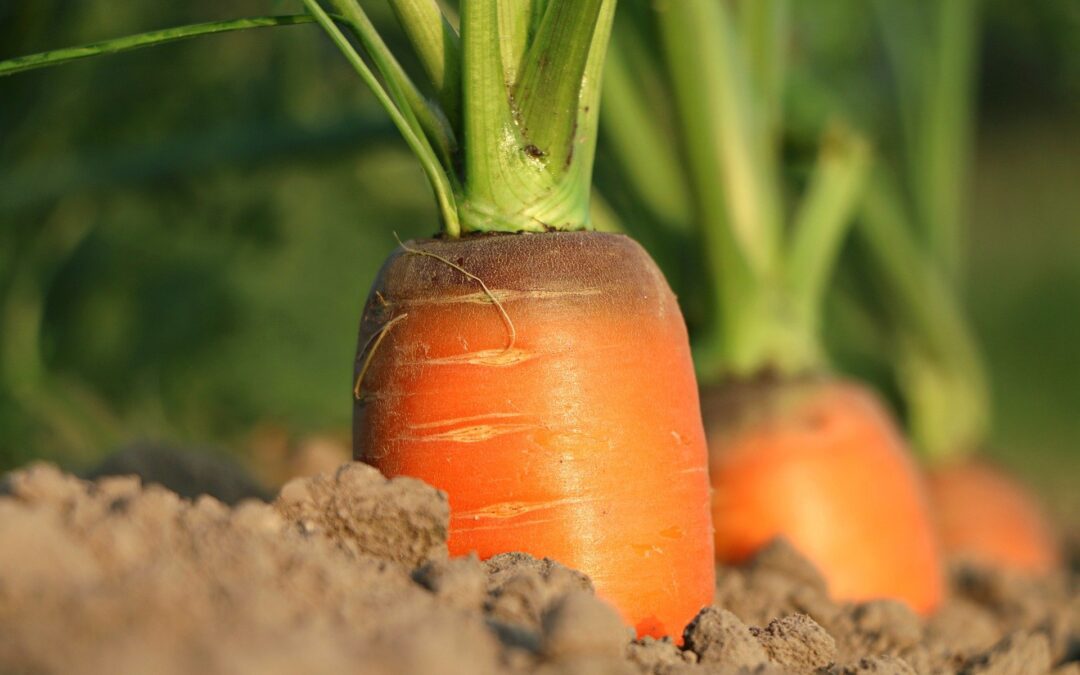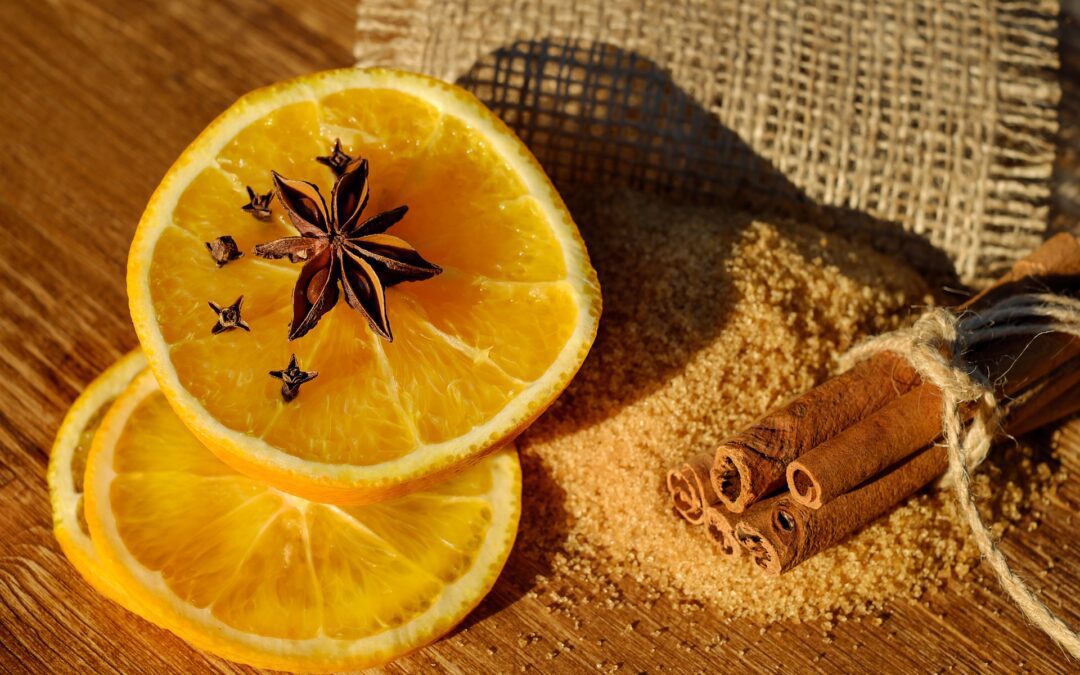Legumes contain healthy nutrients, mainly protein and fiber, it is an important source to replace animal protein and they have a high nutritional value.
*1 cup of cooked lentils contains no less than:
18 grams of protein
16 grams of fiber
40 grams of carbohydrates
37% of the RDA for iron
90% of the RDA for folic acid
18% of the RDA for magnesium
21% of the RDA for potassium
More than 10% of the RDA for vitamins B1, B3, B5 and B6, phosphorus, zinc, copper and manganese
*(Source: www.ahealthylife.nl)
To reap the benefits of legumes in particular, a good preparation method is highly recommended.
Legumes contain substances that protect themselves against natural enemies, these substances are saponins, lectins and phytic acid. In this article I will only discuss the saponins.
Saponins are so-called ‘anti-nutrients’. Maybe you recognize it; When you rinse or cook legumes, a layer of foam appears. These are the saponins, it is a soapy substance and has a softening effect. It dissolves structures and can therefore promote absorption. That is why it is sometimes even deliberately added (in small quantities) to, for example, detergent or to make stew meat more tender.
The soapy substance can dissolve fats. For example, consider the effect of dishwashing liquid on a greasy frying pan.
Legumes contain saponins, but they are also found in (particularly the skin of) potatoes and green tomatoes, and peanuts. In addition, there are many other healthy products that also contain saponins, which are often considered harmless or even beneficial (such as onions, garlic and asparagus).
Saponins in legumes are present in far too large quantities and have a negative effect on soft tissues such as the intestinal wall. Damage to the intestinal wall can impair the absorption of nutrients. This can even lead to autoimmune diseases such as Type 2 diabetes.
To prepare legumes in a healthy way, it is therefore important that the saponins are largely removed. It is therefore best to buy legumes dried, rinse several times and let them soak for a long time. Bring them to the boil with fresh water, change the water again and then cook them until they are well done.
This preparation method is time-consuming and is not used in pre-cooked legumes that are sold in cans or glass. If you choose pre-cooked legumes, rinse them before further preparation.





